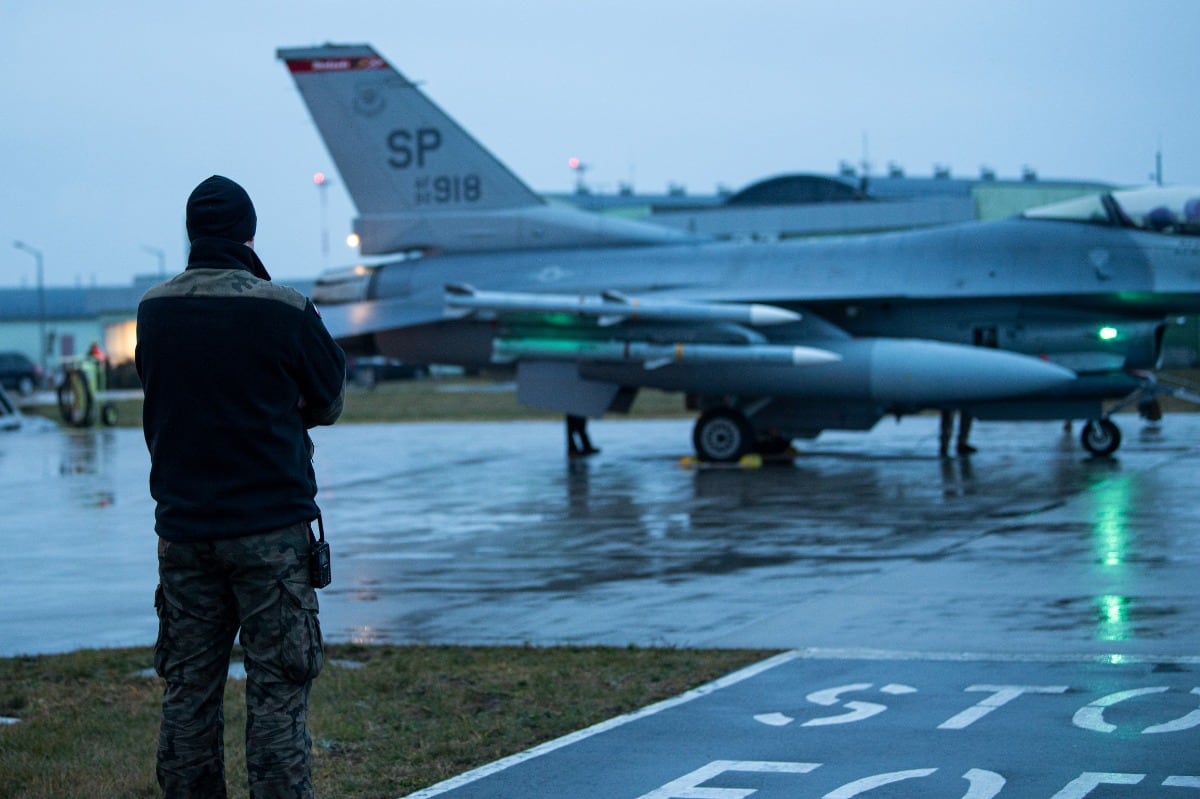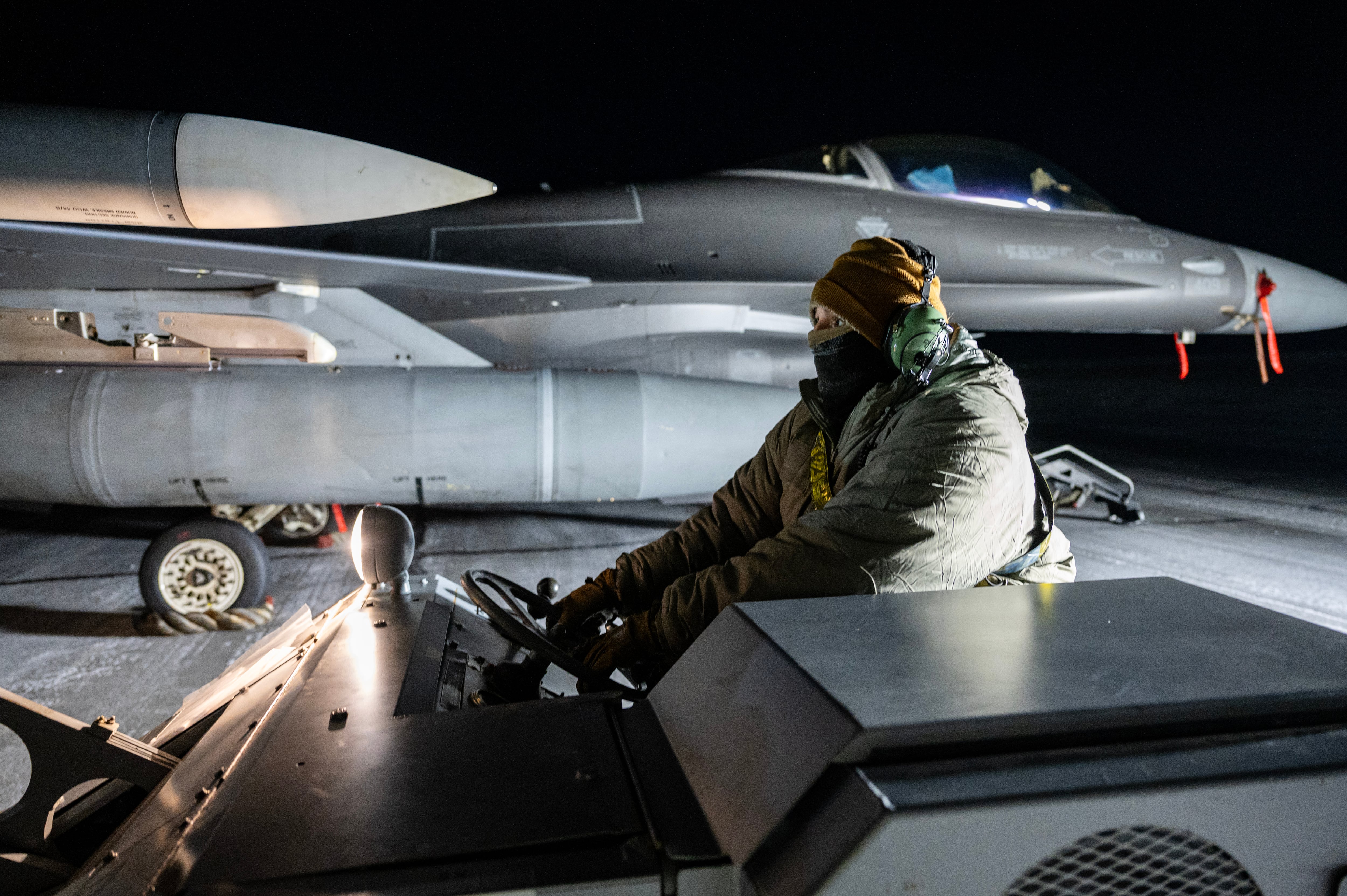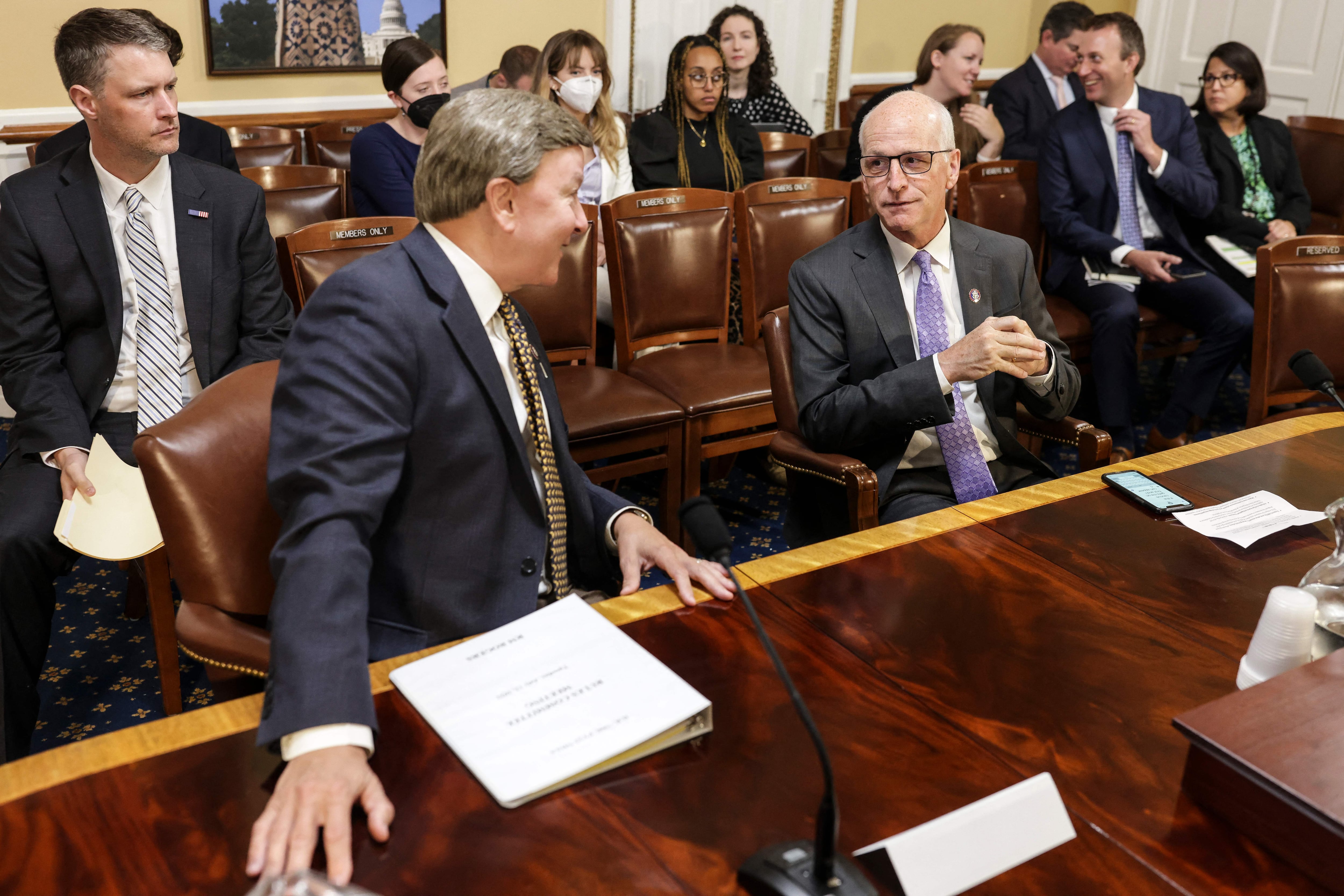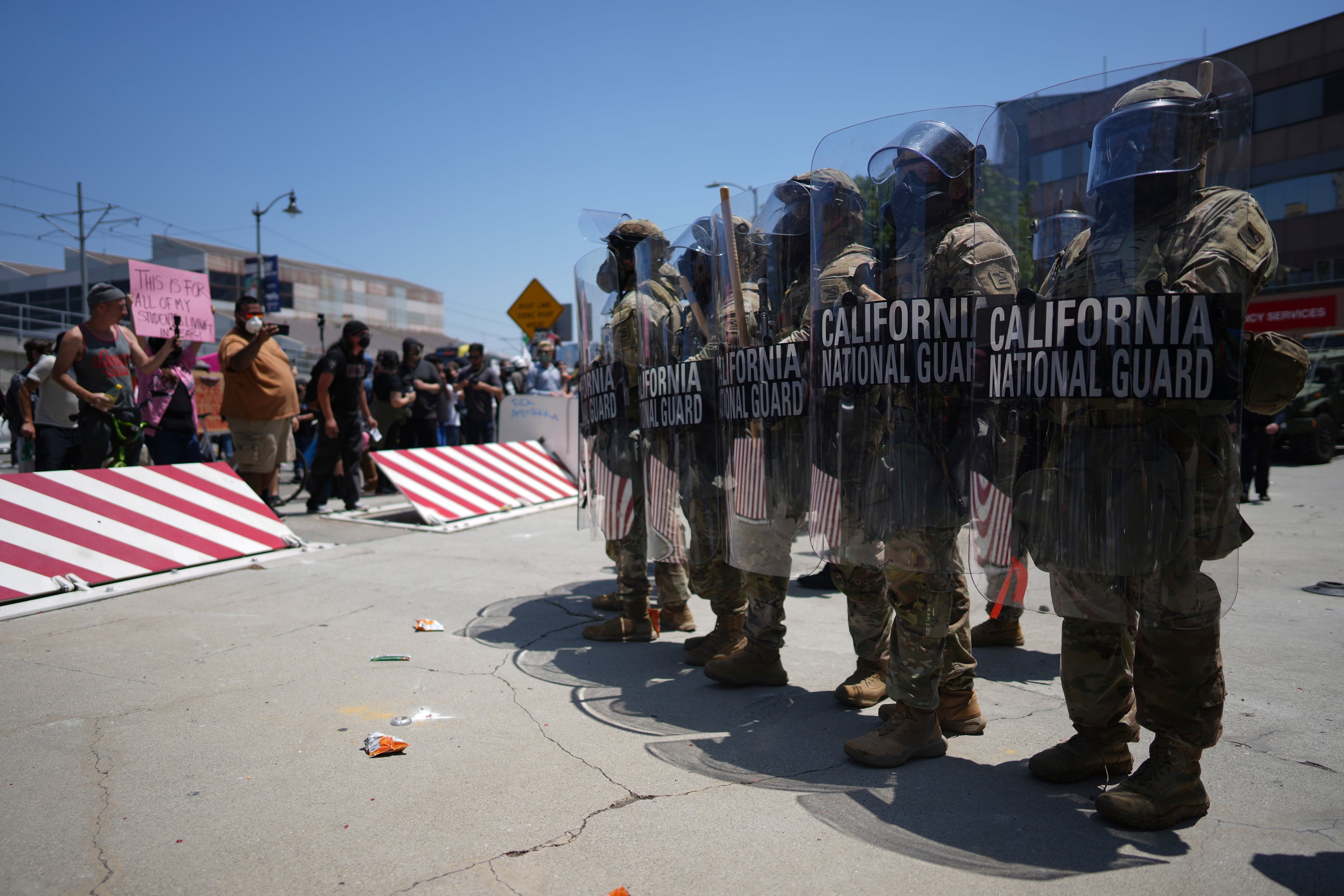Correction: This story originally misstated when General Dynamics expects the deal to close. It has been corrected.
WASHINGTON ― Top Republicans on Monday made a push to accelerate Washington’s proposed sale of 250 M1A2 Abrams SEPv3 tanks to NATO ally Poland, which has been pending since last summer, in light of the escalating crisis with Russia.
The ranking members of the House Armed Services Committee, Rep. Mike Rogers, R-Ala., and the House Intelligence Committee, Rep. Mike Turner, R-Ohio, with Rep. Lisa McClain, R-Mich., argue expediting the sale, “especially as Russia builds-up forces around Ukraine, would send an important message to both NATO and the Kremlin.”
“Further, helping to equip Poland with the M1A2 tank would serve to displace Soviet-era equipment in the Polish force structure, and thus enhance interoperability with U.S. and NATO forces, while simultaneously strengthening the U.S. industrial base,” the .
Polish officials have said they expect the first delivery of the tanks in 2022, while Abrams-maker General Dynamics, of Reston, Va., has said the deal could take two years to close. After meeting with Austin in October, Polish Defence Minister Mariusz Błaszczak said Austin thought “equipping the Polish Army with Abrams tanks is absolutely justified as it builds interoperability between American and Polish forces.”
“Everything indicates that the first Abrams tanks will be used by the Polish Army next year,” Błaszczak said at the time.
The Defense Security Cooperation Agency has yet to notify Congress the sale has been approved.
Poland, whose brigades are currently equipped with Leopard 2A4 and Leopard 2A5 tanks, is seeking to replace the Soviet-designed T-72 and PT-91 tanks, to counter the most modern Russian T-14 Armata tanks.
RELATED

The letter comes as tensions soar between Russia and the West over concerns Moscow is planning to invade Ukraine, with NATO outlining potential troop and ship deployments.
Russia has massed an estimated 100,000 troops near Ukraine’s border, demanding NATO promise it will never allow Ukraine to join and that other actions, such as stationing alliance troops in former Soviet bloc countries, be curtailed. Some of these, like any pledge to permanently bar Ukraine, are nonstarters for NATO — creating a seemingly intractable deadlock many fear can only end in war.
President Joe Biden said last week the U.S. would, in light of NATO’s mutual-defense commitments, boost its troop presence in eastern NATO members like Poland and Romania, if Russia sends more forces into Ukraine.
Stacie Pettyjohn, director of the defense program at the Center for a New American Security, said it’s unlikely the tank sale could be expedited in time to stop a Russian invasion of Ukraine, but providing Poland with the tanks makes sense strategically, to bolster NATO’s defenses in the north.
In a conflict, it’s unlikely Poland would deploy its heavy forces to Ukraine or Belarus, but improving Poland’s ability to defend itself could blunt a potential avenue of attack for Russia. And those maneuverable, protected forces would have a better chance of standing up to Russian artillery.
“If they’re thinking of defending their country and up through the Baltics, being able to maneuver and having heavy forces to interpose themselves between Russian ones, would slow [the Russian forces] down and then let NATO bring its air power in to begin to attrit them,” Pettyjohn said.
Jen Judson contributed to this report.
Joe Gould was the senior Pentagon reporter for Defense News, covering the intersection of national security policy, politics and the defense industry. He had previously served as Congress reporter.










